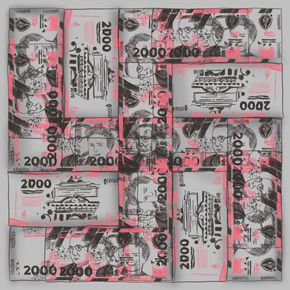Green cement and energy-saving water desalination process
Sublime Systems has developed a way to produce cement that dramatically reduces emissions. The company uses electrochemical reactions instead of high temperatures, avoiding the need to burn fossil fuels. The reactions are powered by electricity, which can be obtained from renewable sources. The company should have a full-scale commercial plant operational by 2028, producing one million tonnes of cement annually. The startup’s technology will reduce emissions produced during cement production by 90%.
Scientists from the Royal Melbourne Institute of Technology are working on technology for adding coffee grounds to concrete. This will make concrete stronger and more environmentally friendly, and coffee waste will find its use. Australia produces approximately 83,000 tonnes of coffee by-products annually, most of which end up in landfills, where methane and other greenhouse gases are produced during decomposition. According to researchers, adding coffee waste makes concrete 30% more durable.
Transforming seawater into clean drinking water requires large amounts of energy. Still, the Norwegian company Waterise has patented a solution that makes the water filtration process using reverse osmosis energy-saving. The water desalination plant is located 400 m below sea level and uses the hydrostatic pressure of water to reduce energy demand by 30-40%, resulting in lower CO₂ emissions. In addition, the impact of the Norwegian plant on marine life is reduced to a minimum, and the area occupied by the installation on the quay is reduced by 90%.





























